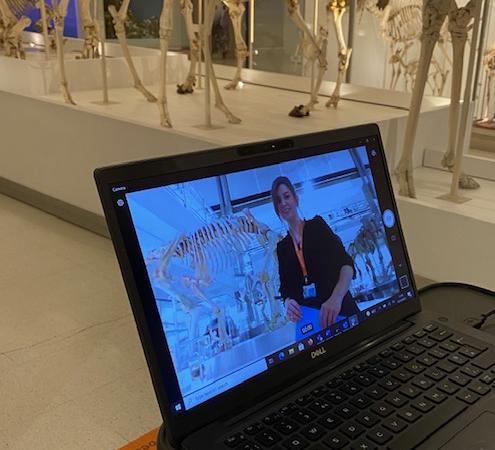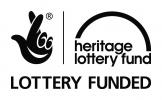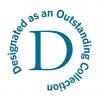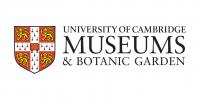Virtual School Sessions
We are pleased to have launched our digital sessions, delivered by a member of the Museum’s learning team from the Museum’s galleries into your classroom. While a virtual session cannot replicate the experience of visiting the Museum, we hope these sessions provide opportunities to interact with our collections and staff for groups unable to physically come into Cambridge, and can also be tailored to form pre-visit sessions to give a flavour of the Museum before coming on site.
Sessions can last 45 minutes – 1 hour to fit in with your timetabling. We would recommend allowing plenty of time within a session for questions whichever element(s) are chosen.
We are happy to use the platform of your choice; Zoom, GoogleMeet etc.
To discuss your needs and book a session, please complete the form found here: Virtual session enquiry form
Here are outlines of the session we currently have on offer:
Evolution and Adaptation
This session will explore the ideas of Charles Darwin by looking at the collections in the Museum of Zoology and what they can tell us about adaptation and natural selection. We are keeping these sessions as flexible as possible, so they can support your needs as best as they can. As a general outline, a typical session might include:
- A live, virtual tour of the Museum highlighting specimens collected by Charles Darwin
- Exploration of natural selection using games and drawing activities
- Question and answer session
- Virtual handling session exploring skulls (if you are local to Cambridge, why not book our Skulls loans box so that you can have specimens in the classroom too)
To give an idea of timings, a 45 minute session might include a virtual tour and a question and answer session. We are happy to discuss what would work best for you and your class.
This session is ideal for Upper Key Stage 2, and supports the following curriculum points:
- Recognise that living things have changed over time
- Recognise that living things produce offspring of the same kind, but normally offspring vary and are not identical to their parents
- Identify how animals and plants are adapted to suit their environment in different ways and that adaptation may lead to evolution.
- Describe how living things are classified into broad groups according to common observable characteristics and based on similarities and idfferences
- Making systematic and careful observations

Skeletons
This session will look at the different elements of the skeleton, how they function, and the way the skulls and skeletons of different animals are adapted to their way of life. AS for our Evolution and Adaptation session, we are keeping these sessions as flexible as possible, but a session might include:
- Guided tour of the skeleton, comparing the human skeleton to that of other animals using specimens in the Museum galleries from tiny mice and moles to our amazing elephant skeletons
- Question and answer session
- Virtual handling session exploring the different parts of the skeleton with a focus on the structure and adaptations of the skull
- ‘Whose arms are those?’ quiz using observation to work out which animal different limb skeletons belong to
To give an idea of timings, a 45 minute session might include a virtual tour and a question and answer session. We are happy to discuss what would work best for you and your class.
This session is ideal for Lower Key Stage 2, and supports the following curriculum points:
- Identify that humans and some other animals have skeletons and muscles for support, protection and movement
- Recognise that living things can be grouped in a variety of ways
- Identify the different types of teeth in humans and their simple functions
- Making systematic and careful observations
Seasonal Virtual School Session: Santa's Sleigh
Are reindeer really the best animals to pull Santa’s sleigh? In this fun, interactive session we use this question to explore animal adaptations for speed, strength and light, alongside practicing numeracy skills to calculate the weight and size of the sleigh. Delivered from the Museum galleries, it makes use of our collections, bringing the Museum experience into the classroom. The session can be tailored to last 45 minutes to 1 hour, and include plenty of time for questions, and makes a stand-alone session, or with its exploration of animal adaptations could form a part of a topic on animal diversity and/or evolution.
This session is particularly suitable for Upper Key Stage 2, but can be simplified to work for Lower Key Stage 2. Curriculum points covered by this session include:
- Identify how animals and plants are adapted to suit their environment in different ways and that adaptation may lead to evolution
- Read, write and compare numbers up to 10,000,000
- Solve problems involving addition, subtraction, multiplication and division
- Convert between different units of metric measure e.g. kilmoetre and metre; centimetre and metre; gram and kilogram.





